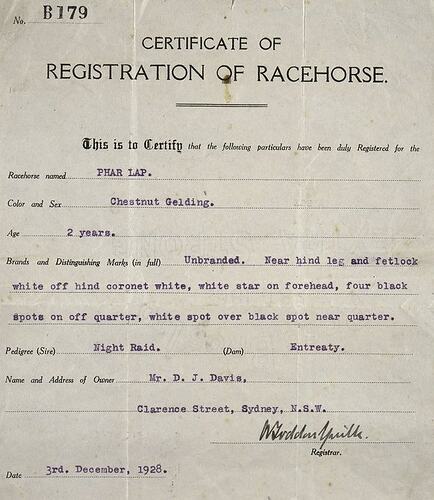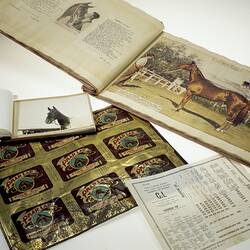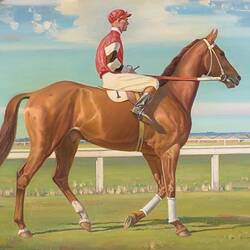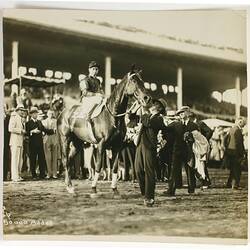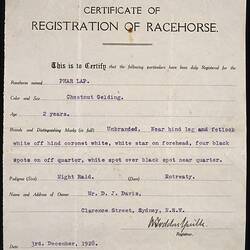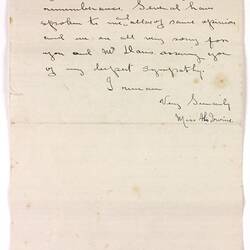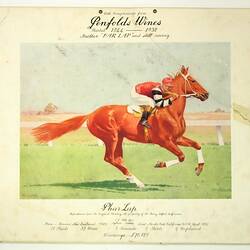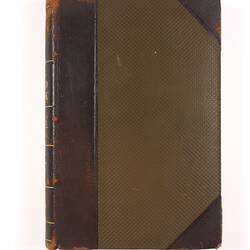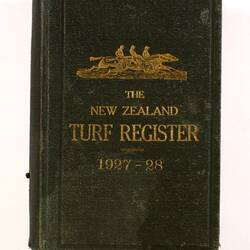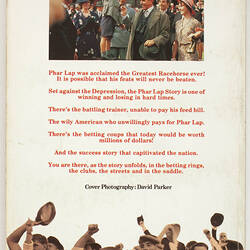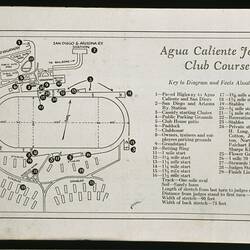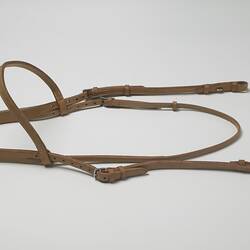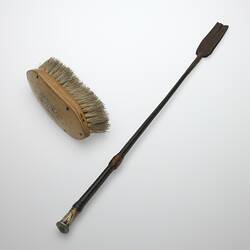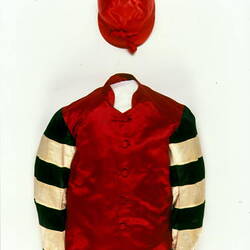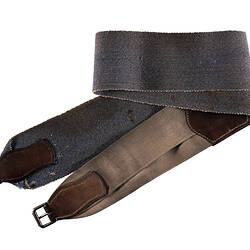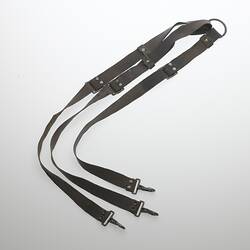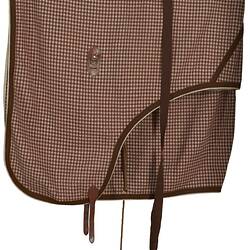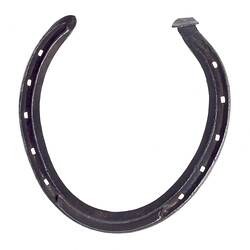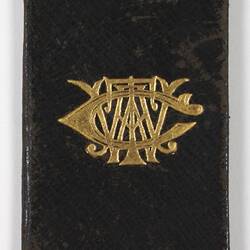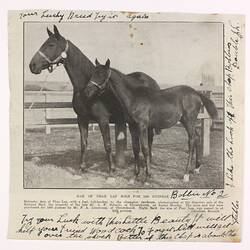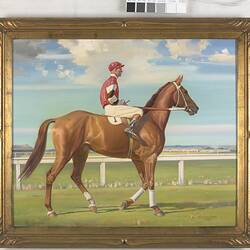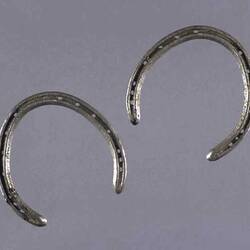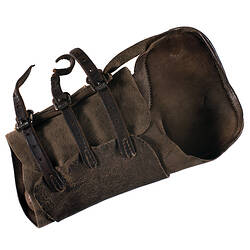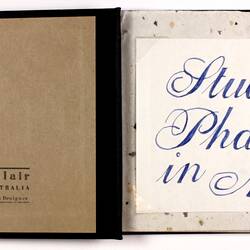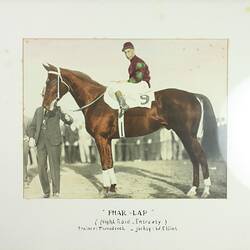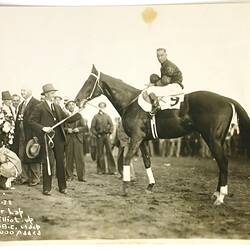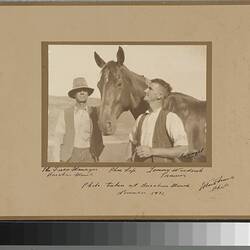The American born businessman David J. Davis had made his money in Sydney through photography and importing domestic items such as dinnerware. Horse racing was a hobby. In the late 1920s he developed an association with the trainer Harry Telford, putting several of his horses under his care. Although they initially had limited success, he was impressed with Telford's intimate knowledge of pedigrees and took an interest when Telford enthusiastically spoke about the prospects of a colt with promising breeding listed in the Catalogue of the Annual New Zealand Thoroughbred Yearling Sales at Trentham for January 1928.
In truth, Davis scarcely knew one end of a horse from the other, but he knew a lot about money. The arithmetic on Phar Lap was simple. When he first laid eyes on the horse that he had been talked into purchasing sight unseen, he was distinctly unimpressed. He had already 'blown' 160 guineas (£168) on the sale and the last thing he wanted to do was spend more on training and upkeep for the horse. He and Telford agreed on a leasing deal to last three years, under which Telford would manage the horse and cover all costs. Davis would receive a third of all winnings - if there were any.
It took 18 months before Phar Lap won his first race, but by the time the lease expired in February 1931, Davis's share of the winnings totalled £15,615 from 36 starts - almost a hundred fold return on his initial outlay. Given this, it was surprising that Davis subsequently agreed to sell a half share in the horse to Telford for £4,000, but as it was later to revealed, Davis was by then pessimistic about the horse's future. As a gelding he had no stud potential and was showing distinct signs of being lame with a heavily swollen leg, leading Davis to conclude that his best racing days were behind him. In truth Davis's hands were somewhat tied, Telford had proved that he had the winning way with Phar Lap through his hard training regime and the horse had become dependant on Telford's young strapper, Tommy Woodcock, to the extent that he would begin to fret almost the minute Woodcock was out of his sight. By the time of Phar Lap's death just over a year later, Davis rated the horse's worth at £100,000.
Whereas the Australian public ran 'hot and cold' with their feelings for Telford, their regard for Davis edged closer to plain dislike. The fact that it was he, rather than Telford, who was determined to take the champion to the United States earned him no friends among the public. However, it should be remembered that it was Davis, on site in the USA, who arranged for Phar Lap to be taxidermied and returned to Australia. It is primarily Davis to whom generations of Australians owe a debt of gratitude for the privilege of seeing Phar Lap again.
Davis remained involved in the Australian and American racing scene for several decades. He spent a fortune investing in thoroughbred breeding horses and had some success - although none came close to equalling Phar Lap. Amongst his more notable winners was Russia, who won the 1946 Melbourne Cup and was subsequently taken to America to race like Phar Lap.
Related Resources:
Phar Lap - the Story of Australia's Wonder Horse
Phar Lap Infosheet
Reason, Michael, 2005, Phar Lap: A True Legend, Museum Victoria, Melbourne (revised edition 2009).
The Argus (Melbourne), 8 Apr 1932, p.7, 'Phar Lap's Death' http://nla.gov.au/nla.news-article4445607
The Mercury (Hobart), 12 Oct 1949, p.26, 'Russia Hailed As Stud Bargain By New Owner' http://nla.gov.au/nla.news-article26659145
More Information
-
Keywords
-
Authors
-
Article types
